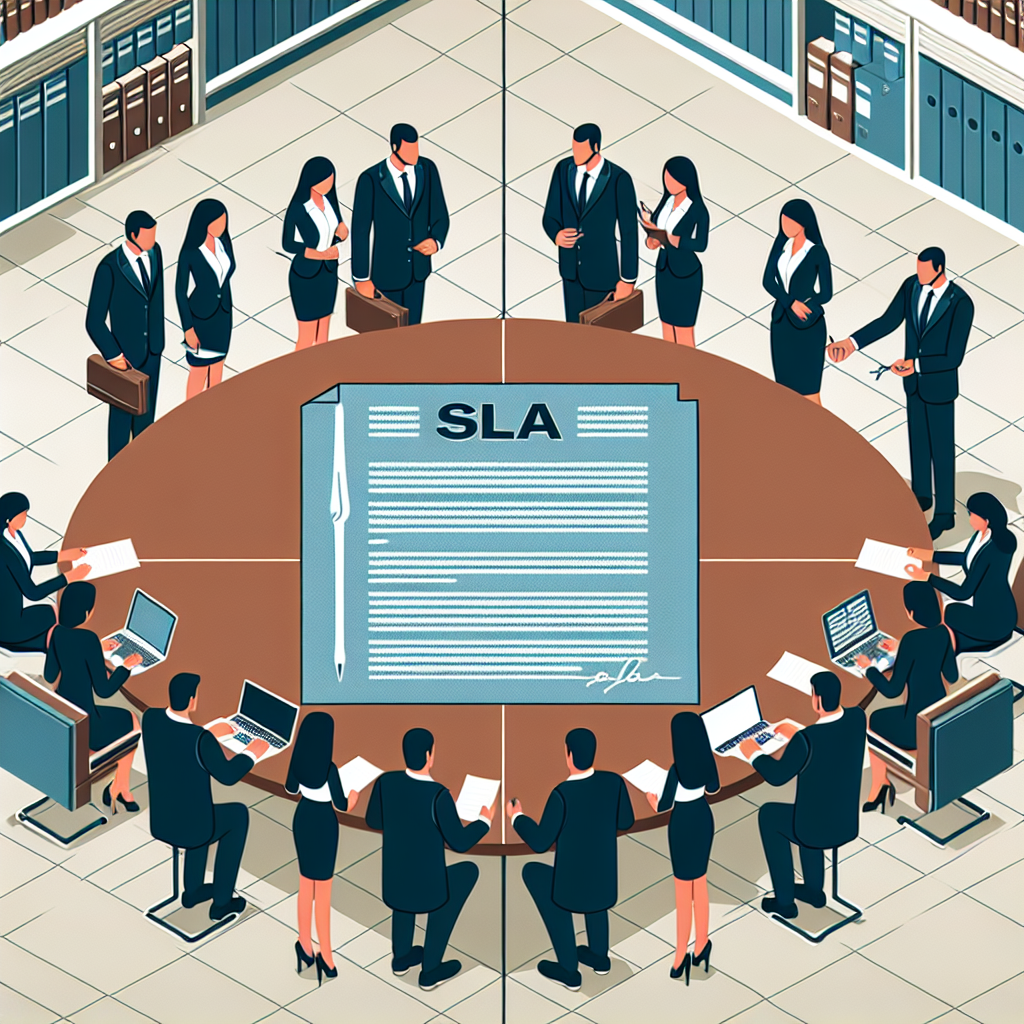Your cart is currently empty!
Service Level Agreements: A Tool for Effective Communication Between Departments

In today’s fast-paced business environment, effective communication between departments is crucial for the success of any organization. One tool that can help facilitate this communication is the Service Level Agreement (SLA). An SLA is a contract between a service provider and a customer that outlines the level of service that is expected to be provided.
SLAs are commonly used in IT departments to define the level of service that will be provided for things like network uptime, response times for help desk tickets, and resolution times for technical issues. However, SLAs can also be used between different departments within an organization to ensure that everyone is on the same page when it comes to expectations for service delivery.
By clearly defining the level of service that is expected from each department, SLAs help to prevent misunderstandings and ensure that all parties are working towards the same goals. For example, a marketing department might have an SLA with the sales department that outlines the expected turnaround time for leads generated by marketing campaigns to be followed up on by the sales team.
SLAs also help to hold departments accountable for meeting their obligations. If a department consistently fails to meet the service levels outlined in the SLA, there can be consequences such as financial penalties or a renegotiation of the agreement. This can help to ensure that all departments are motivated to meet their obligations and provide the best possible service to their internal customers.
In addition to facilitating communication and accountability, SLAs can also help to improve overall efficiency within an organization. By clearly outlining the expectations for service delivery, departments can streamline their processes and eliminate any unnecessary delays or bottlenecks that might be hindering productivity.
Overall, Service Level Agreements are a valuable tool for promoting effective communication between departments within an organization. By clearly defining expectations for service delivery and holding departments accountable for meeting their obligations, SLAs can help to improve efficiency, prevent misunderstandings, and ultimately contribute to the overall success of the organization.

Leave a Reply